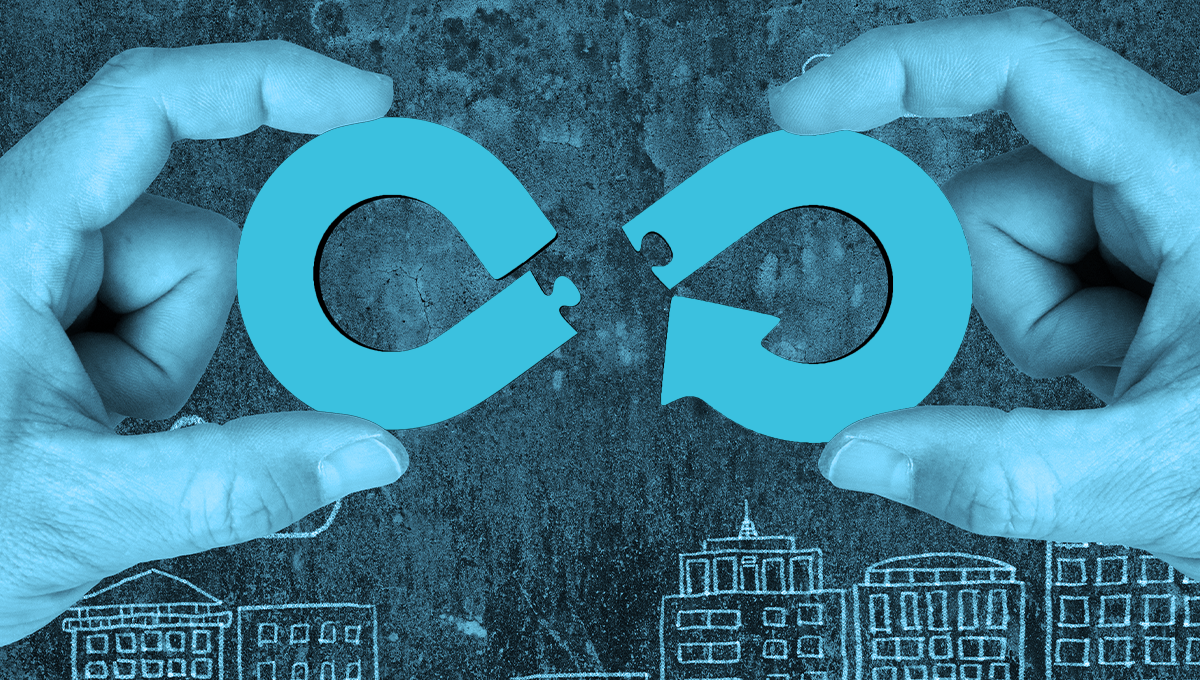
A circular economy model by 2050, here’s the roadmap according to EU
If we keep on exploiting resources as we do now, by 2050 we would need the resources of three Earths. Finite resources and climate issues require moving from a ‘take-make-dispose’ society to a carbon-neutral, environmentally sustainable, toxic-free and fully circular economy by 2050.
The current crisis highlighted weaknesses in resource and value chains, hitting SMEs and industry. A circular economy will cut CO2-emissions, whilst stimulating economic growth and creating job opportunities.
The EU circular economy action plan
As we can read in the article, to be consistent with EU’s 2050 climate neutrality goal under the Green Deal, the European Commission proposed a new Circular Economy Action Plan in March 2020, focusing on waste prevention and management and aimed at boosting growth, competitiveness and EU global leadership in the field. The Parliament called for tighter recycling rules and binding 2030 targets for materials use and consumption.
To achieve an EU market of sustainable, climate-neutral and resource-efficient products, the Commission proposes extending the Ecodesign Directive to non-energy-related products. Members of the European Parliament want the new rules to be in place in 2021.
MEPs also back initiatives to fight planned obsolescence, improve the durability and reparability of products and to strengthen consumer rights with the right to repair. They insist consumers have the right to be properly informed about the environmental impact of the products and services they buy and asked the Commission to make proposals to fight so-called greenwashing, when companies present themselves as being more environmentally-friendly than they really are.
Circularity and sustainability must be incorporated in all stages of a value chain to achieve a fully circular economy: from design to production and all the way to the consumer. The Commission action plan sets down seven key areas essential to achieving a circular economy: plastics; textiles; e-waste; food, water and nutrients; packaging; batteries and vehicles; buildings and construction.
From: https://www.europarl.europa.eu/news/en/headlines/society/20210128STO96607/how-the-eu-wants-to-achieve-a-circular-economy-by-2050